A love🌷letter to generative code art
Hey everyone —
Thank you for being here with me. I am giddy with excitement for this space, something with less pressure and more exploration. If this was forwarded to you, subscribe below:
To start off, I want to re-approach my NFT collector portfolio investing and chart a journey forward for my own art practice.
It’s been a drag for the last year and a half, and I want to be excited about the promise of digital creativity in a way that doesn’t rub our collective nose in the failures of the digital art markets. We should feel good about the digital art and NFT space, and you should be excited too.
In the early 2000s, I spent a lot of time messing around with Flash, trying to build interactive windows into the world. We didn’t yet have reliable streaming video, but did have browser-based gaming. Remember Newgrounds?
That led into digital art using Photoshop and vector graphics, editing and embedding videos, and playing with web design and pixel art. Around the same time, generative code art became more accessible with the rise of Processing, a library for Java that allowed technically minded artists to create beautiful visual systems.
I fell in love with artists like Holger Lippmann. See below:
Another incredible artist was Jared Tarbell, also of Etsy fame:
Later, I was blown away by Manoloide, who used code like a brush, breaking down the masters to their essentials. And undoubtedly one of the greats for the history books.
You can see obvious connections to constructivism, abstract expressionism, cubism — all the algorithmic ways that artists tried to approach painting but couldn’t without the power of the machine.
The Internet entrepreneurs from Web1 and Web2 weren’t particular acquisitive of digital art of their era. Instead the noveau riche opted for traditional works. In part, there was no way for them to actually own and buy these things. How do you store, or authenticate, these magical mathematical creations?
Of course, Web3 answers these questions. You own digital things in a digital way. You anchor their ownership into blockchains, and control access with keys that you hold. Web3 comes not just with property rights, but with market mechanisms, economies, and most importantly — the capitalists who have money to spend on art after making money in business.
In 2021, with the rise of Art Blocks on Ethereum and FxHash on Tezos (after Hic et Nunc), I fell in love with generative art again. Putting CryptoPunks and Bored Apes and the rest of the cartoon meme canon aside, high art software was beautiful and popular. It was wild and confusing to see these digital art platforms become a playground for crypto market speculation. We know how it played out in the end.
However, this art did do something new. It invented a step forward for human-in-the-loop participation in digital art creation. Unlike Warhol, taking high art and transforming it into pop culture through printing, Web3 minting allowed people to put their signature on the actual output of the generative algorithm. Either random hashes or specific tuned variables were ingested by the minting algorithm in order to customize the outputs received by customers.
The whole thing is a performance. You pay the ticket price of being the artist alongside the artist. And the artist doesn’t just generate the one beautiful painting. Rather, they generate the wrapper which you wear in order to generate the beautiful mint together.
You might be able to tell I am enamored by the hyper complexity that digital art allows. So of course things like Tyler Hobbs’ Fidenza series is persuasive.
But there are even more detailed and fantastical pieces floating around. Like this.
Or the inappropriately amazing Lush Temples from Zancan —
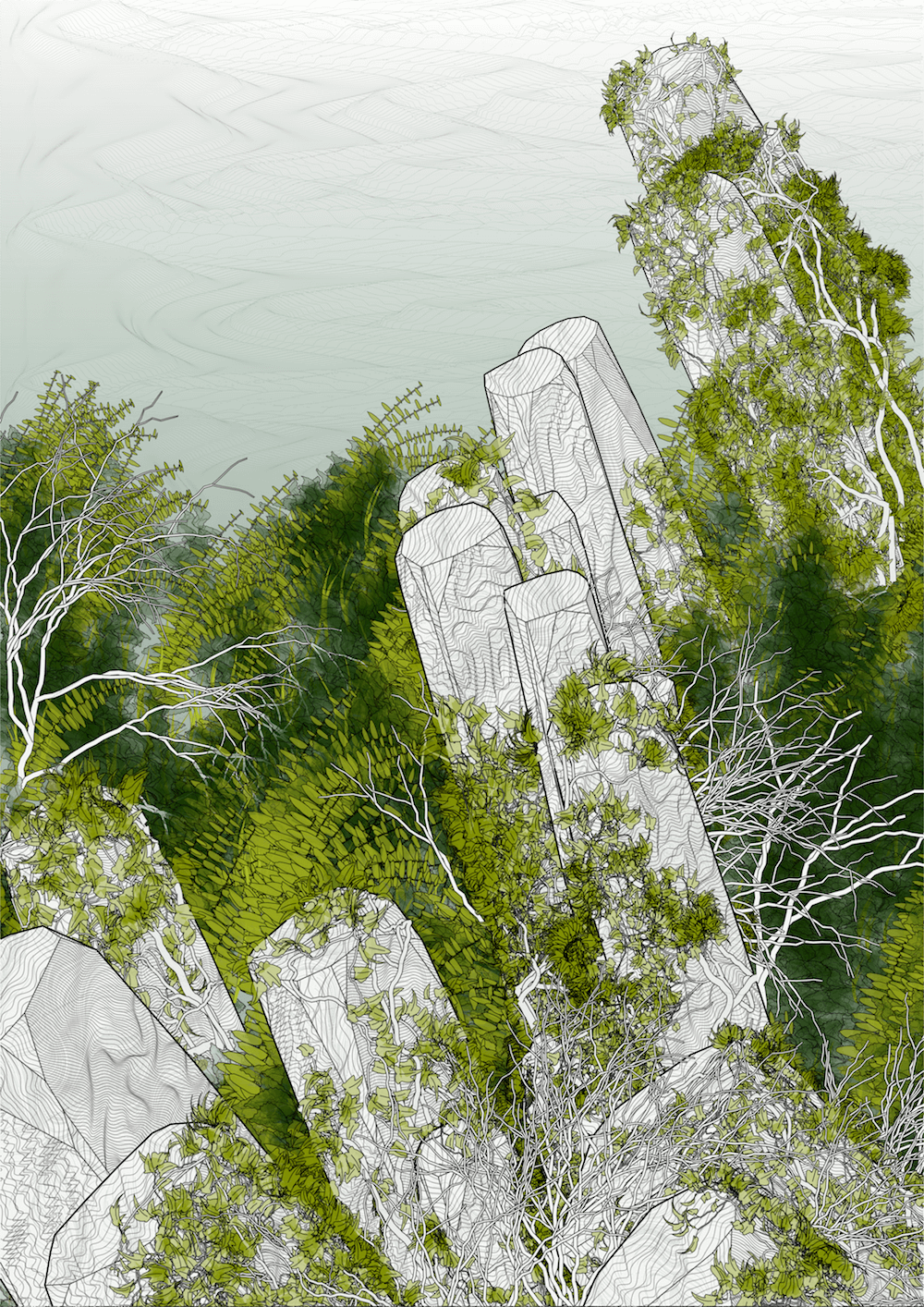
Or these sensitive, gentle, well balanced fields of bloom from Rizolli.
I am showing the popular pieces here, the ones clearly understandable and moving.
But look, there are so many more. There are complex fractals that recursively resemble lost worlds. There are multi-dimensional shapes animated into existence. There are interactive, self-enclosed rendered games. And now, more than ever, people are picking up the skills to use software to make interactive art systems. It is an aesthetic paradise.
Markets and down, markets are up. Let us enjoy in the meantime the beautiful things.
And we haven’t even touched on generative AI, and the titans of that movement. I’ll leave it for next time.
Thanks so much for reading,
Lex
Postcript
Did you like any of the art? Have a view? Leave a comment!
Follow us here: Twitter
If you like, share with others


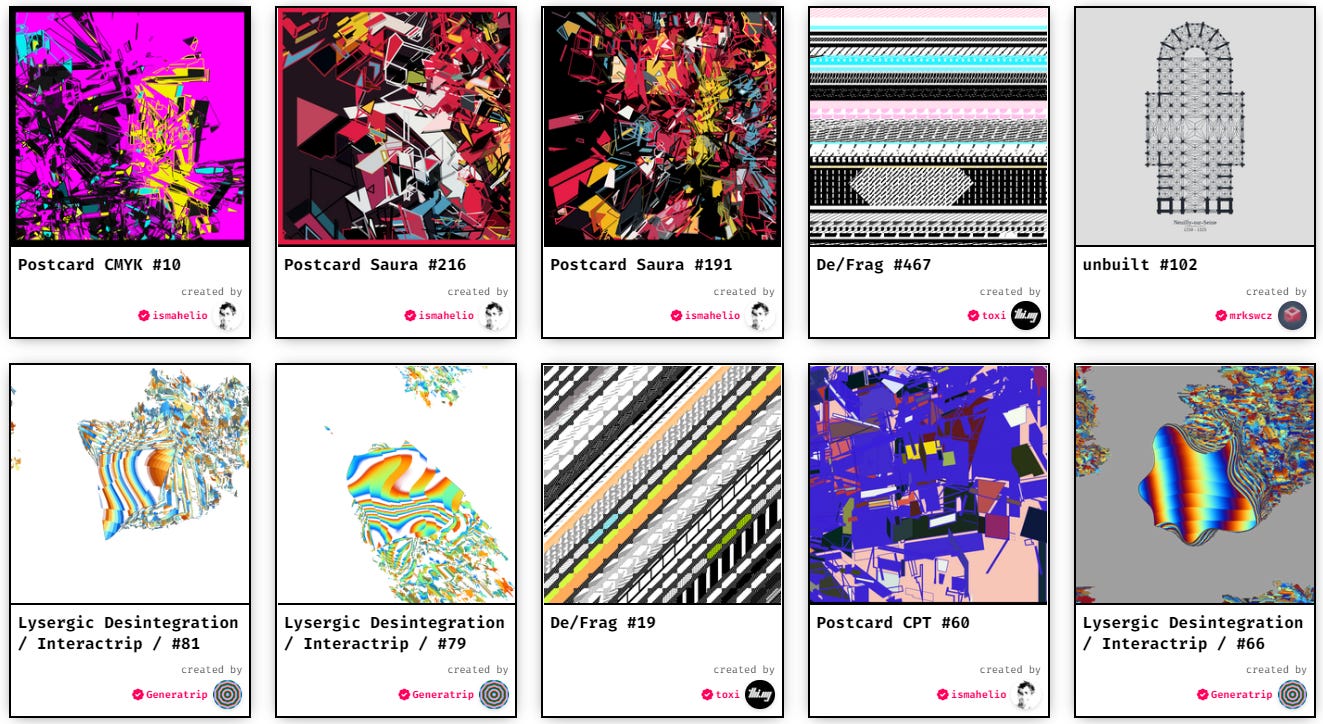
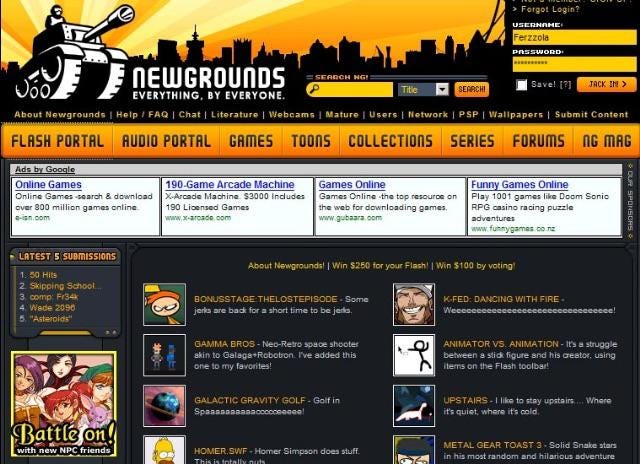


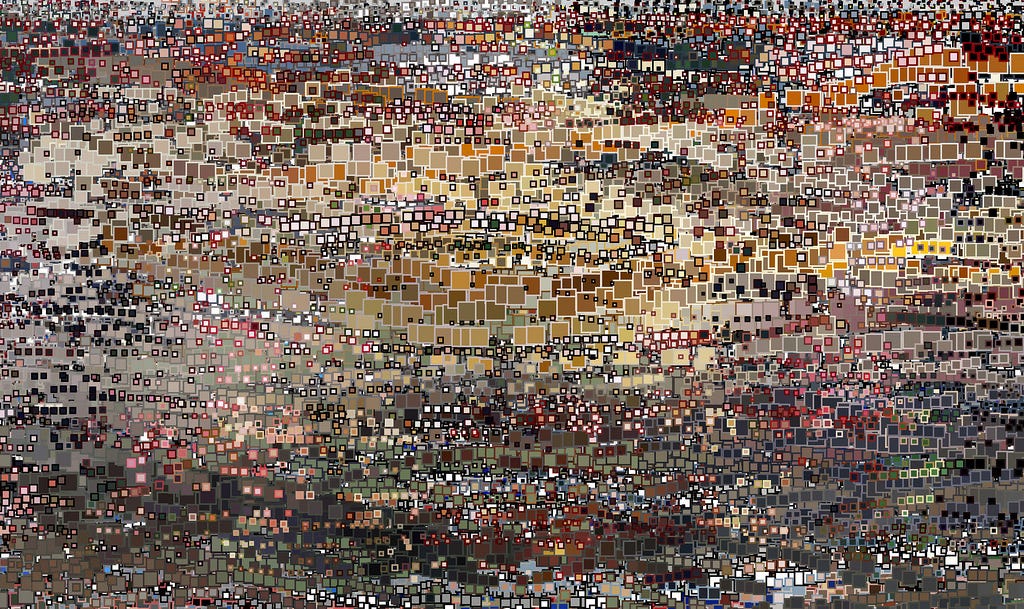

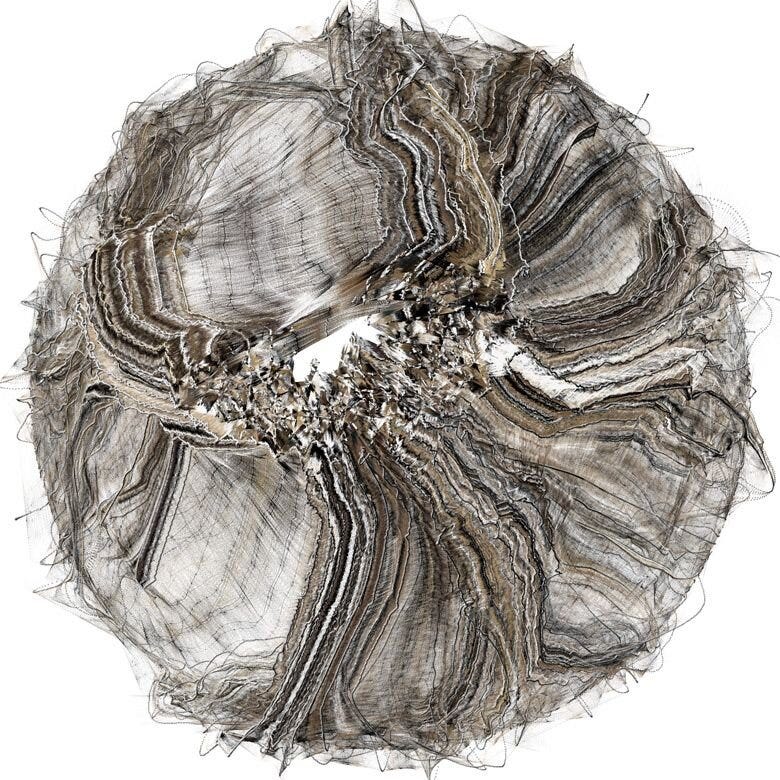
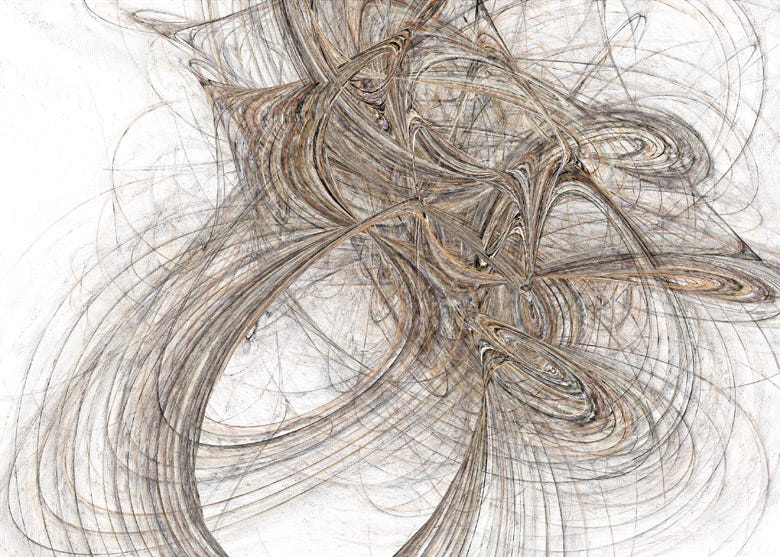


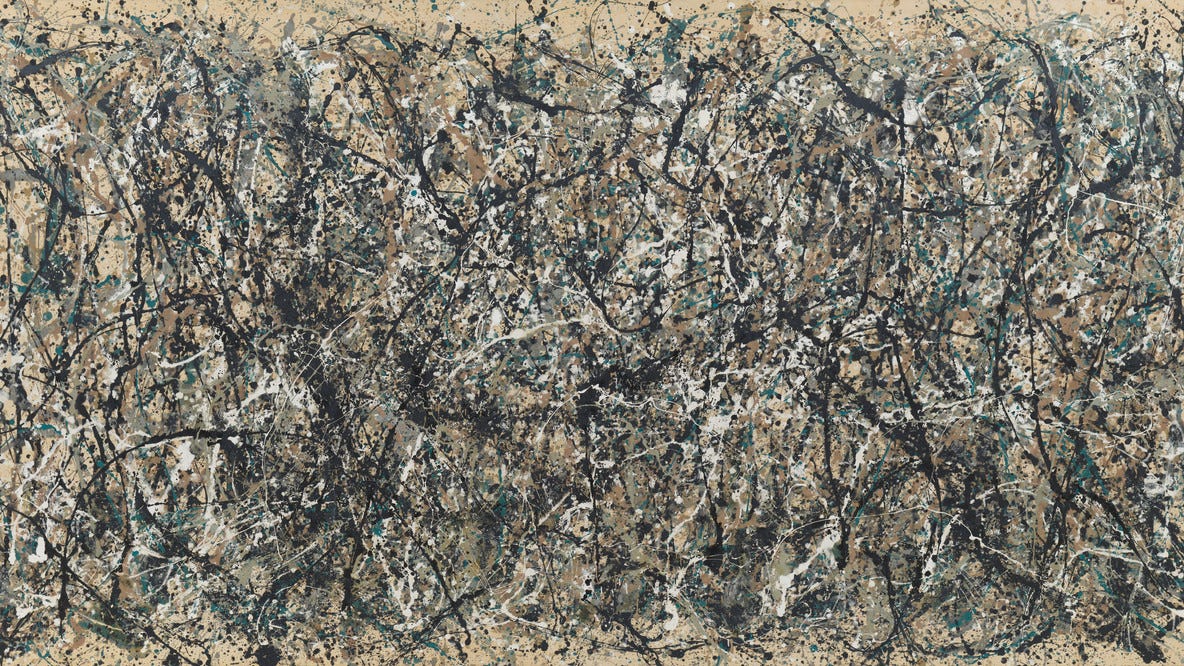
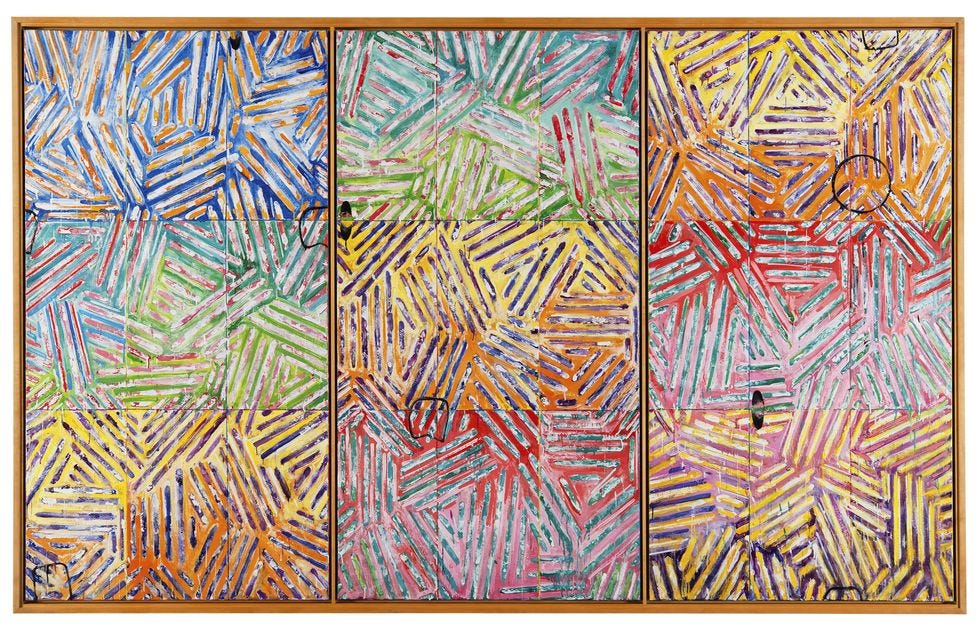
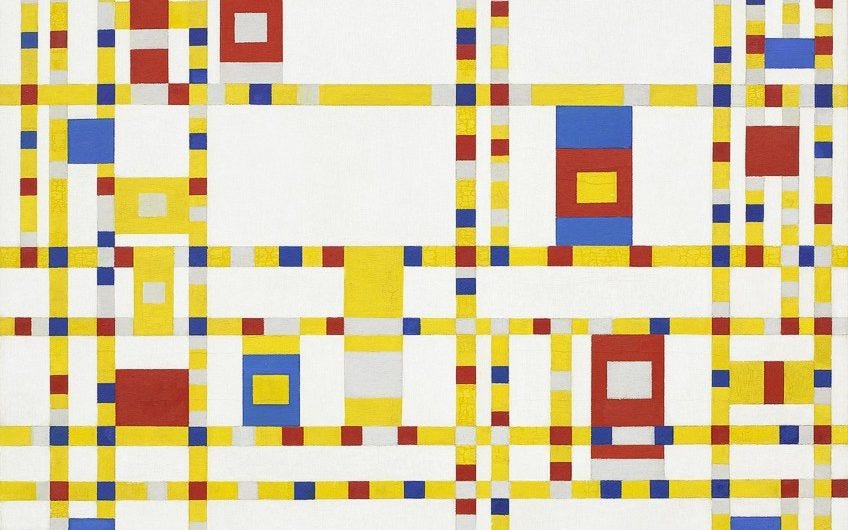





You've picked some real gems to highlight – hard to beat Fidenza but Meridians really evoke something special. The Harvest (https://www.artblocks.io/collections/curated/projects/0x99a9b7c1116f9ceeb1652de04d5969cce509b069/407) is excellent too and feels similar to Meridians.
Amazing, thank you for your work!